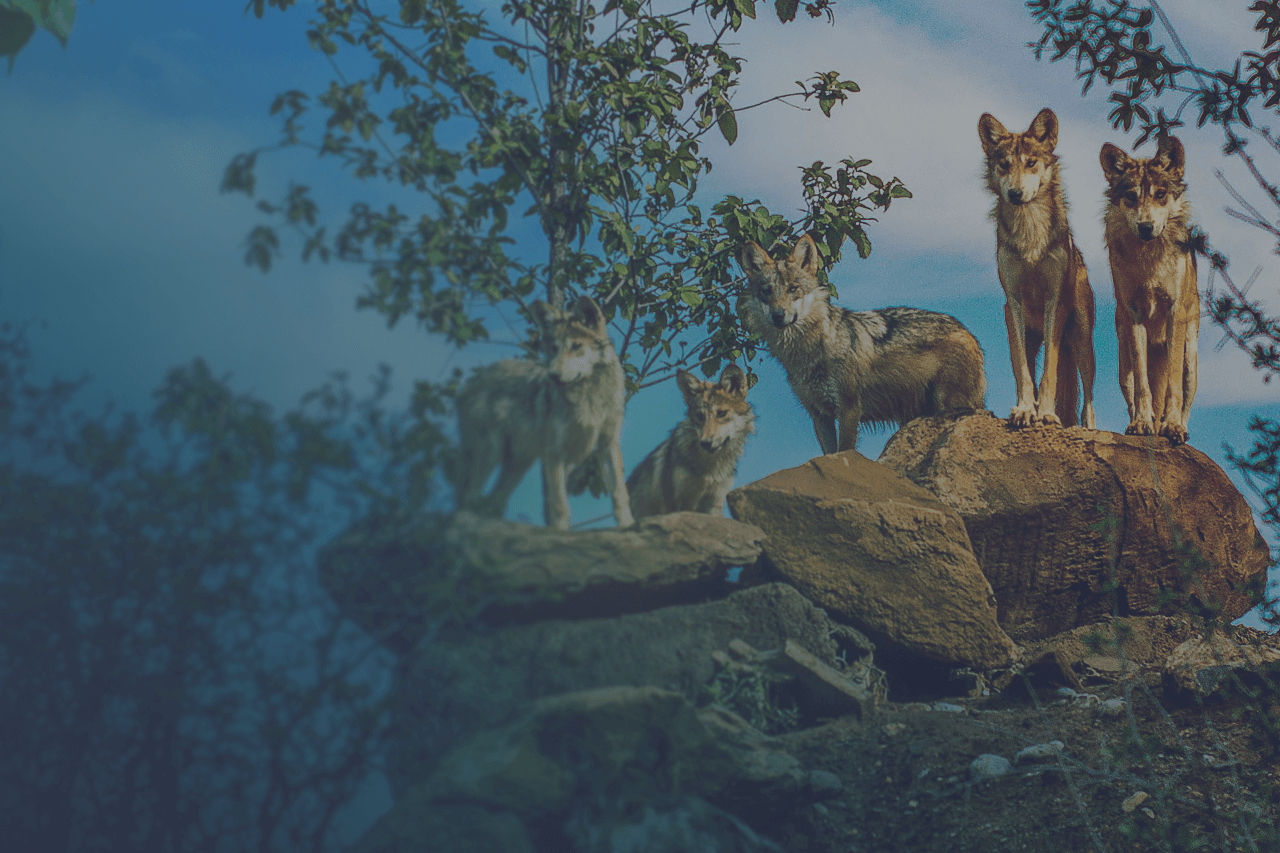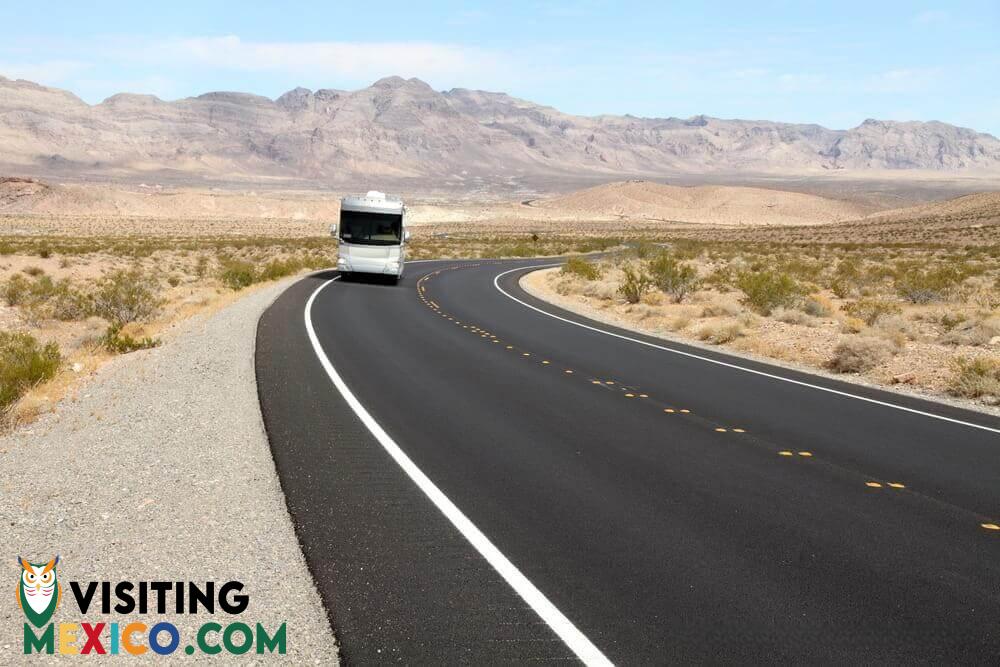IMPORTANT FACTS ABOUT COAHUILA
Coahuila has an area of 58,519 square miles. With a population of 2,798,064 people, it is the fifteenth-most populous state of the country. The capital is Saltillo and the most crowded city is Torreon. Coahuila became a state in 1824. Texas was part of Coahuila until it declared itself a republic in 1835. Eventually, the United States annexed Texas as the 28th State in 1845. Meanwhile, Coahuila grew into one of Mexico’s most important industrial centers producing roughly a third of the country’s steel.
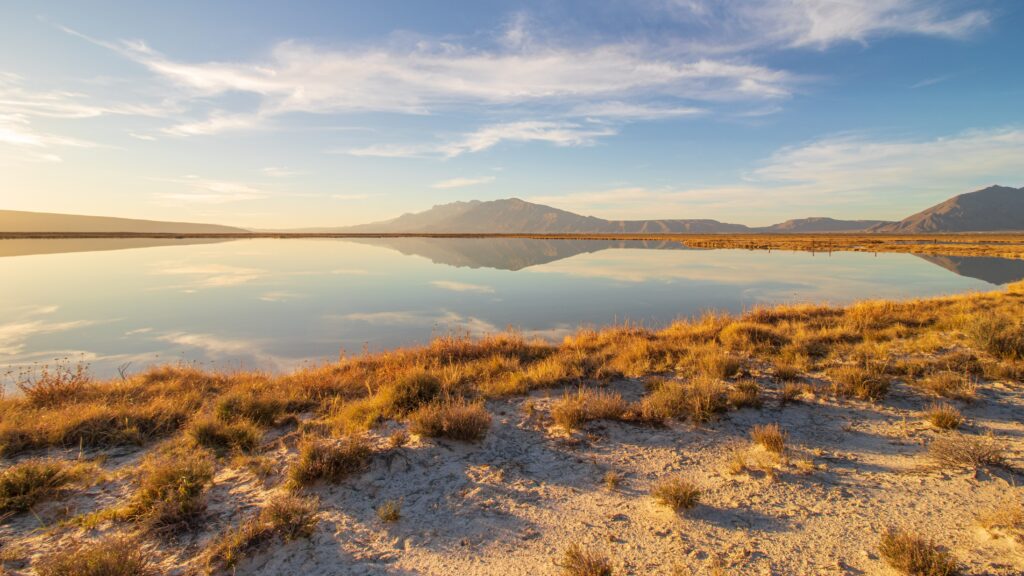
GEOGRAPHY OF COAHUILA
The Sierra Madre range crosses Coahuila. Its lands are part of the Chihuahua Desert as well as the Miapi Desert. It also contains a fertile region known as “Lagunera” which stretches into Durango, as well. Most of the desert lands of the state are intensely hot and dry. Wildfires are frequent in the arid and semi-arid regions of Coahuila. The forested areas of Coahuila, particularly the mountains, are a more moderate climate.
The Cuatro Cienegas (Four Marshes) are off to the west of the city of Monclova. This area falls under the national biosphere reserve protection. In contrast, the southern region of the country is famous for its wine and brandy production. A land of contradictions, there are many pools, lagoons, wells, and rivers in the state. As a result, the flora of desert scrubland, but also cassava and thistle bushes. The forests are stands of oak and pine trees. Incidentally, the fauna includes rattlesnake, grizzly bear, eagle, puma, wild boar, and deer.
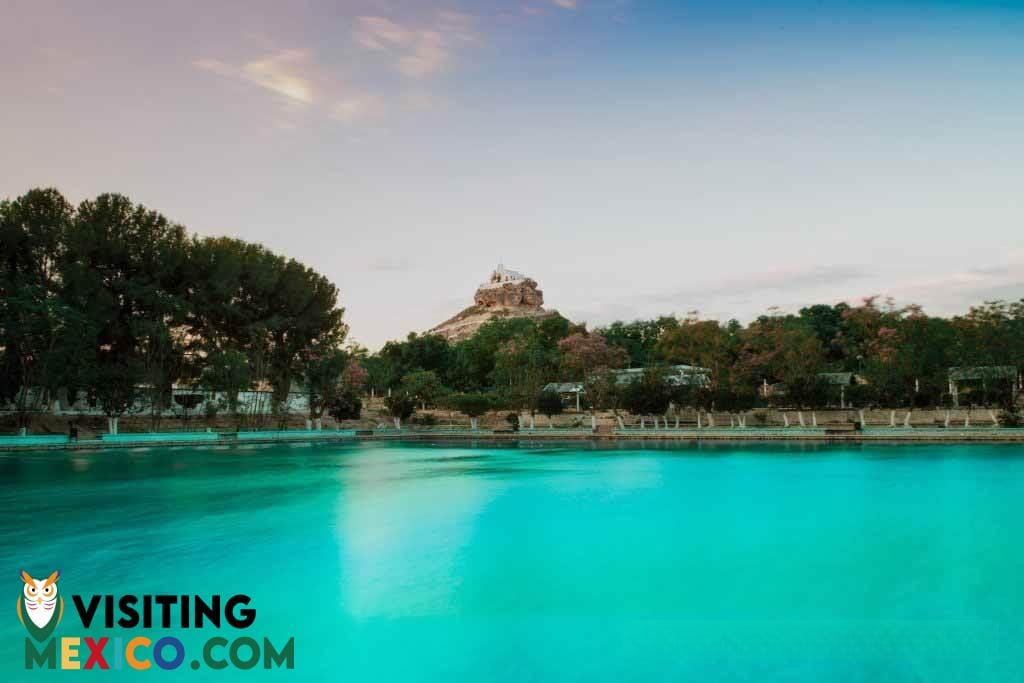
HISTORY OF COAHUILA
Early Coahuilans entered the region of Coahuila roughly twelve thousand years ago. Archaeologists discovered that these people often lived in caves near rivers where they fished and hunted. Some of the best-known tribes of Coahuila include the Huauchichiles, Coahuiltecos, and Rayados. The Spanish did not begin to colonize this northern area of Mexico until long after they conquered the Aztecs, in 1550.
The Spaniards had a hard time invading Coahuila. They did not do well in the extreme climate of the region and short supply of water. There were popular uprisings in the decades that followed the period of colonization. Spanish diseases killed off nearly 90% of the indigenous locals in the area.
Because disease wiped out the local population, the Spanish imported indigenous people from other areas; for example, they brought Tlaxaltec people of the south. In 1856, Coahuila was incorporated into the state of Nuevo Leon but retained jurisdiction over its lands in 1868. Over time, Coahuila became well known for its wine production.
TOURISM IN COAHUILA
Tourists visit one or several of its unique regions. The wine-making part is popular with tourists, but so are both of its biosphere reserves. Museums, festivals, and other activities lure tourists to the villages. Also, the mountains and amazing features of the landscape attract eco-tourists and adventure-seekers. Ultimately, Coahuila has a rich past that complements its remarkable history.
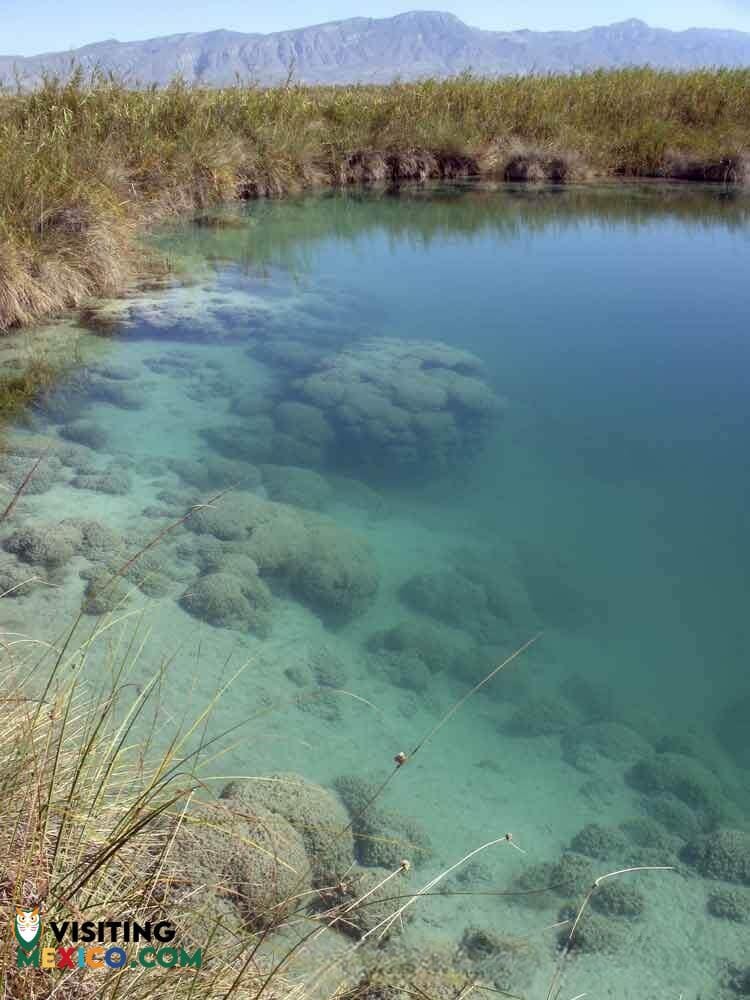
IT'S FOOD
Situated in Mexican cattle country, Coahuila loves its meat and dairy. Coahuilans eats many wheat-based items as it’s is so close to the U.S. where wheat is consumed more widely than corn. Some of the state’s traditional meals include baked goat and rehydrated salt beef known as machaca con huevos. Popular in this state are milk-based candies and desserts.
WHERE TO GO IN COAHUILA?
If you are looking for things to do in Coahuila, Mexico let us help. Perhaps you want to enjoy an adventurous getaway and a relaxing vacation at the same time, there are many reasons to make Coahuila your final destination. The country of Mexico features everything from white sand beaches to snow-capped mountains, from bustling cities to sleepy inland towns. And best of all, a Mexican getaway gives you a chance to meet the Mexican people and enjoy their welcoming nature and old-world charm.
While there are many wonderful parts of Mexico to enjoy, for many seasoned travelers. Nothing can compare to the beauty, warmth and wonder of Coahuila. The Coahuila region is the perfect choice for your Mexican getaway, and no matter what time of year you visit, you will find plenty of great things to see and do – and lots of annual celebrations to join in on. Here are some of the best upcoming events in the Coahuila region.
Coahuila: In Torreón, Maratón Lala
Taking place in the town of Torreón during the second week of March, this annual sporting event is more than just another race. The Maratón Lala is one of the most important marathons in the country, bringing elite athletes from around Mexico and across the globe.
Whether you are a dedicated runner or just an interested spectator, you are sure to enjoy yourself at this annual event. So get ready to cheer on these elite runners as they cross the finish line – you might even be inspired to take a jog around town.
Coahuila: Festival Rodeo Saltillo
Cowboy culture is going strong in Coahuila and the rest of Mexico, and you can enjoy the annual celebration of riding, roping and other ranch skills at the Festival Rodeo Saltillo. For more than half a century, this annual rodeo has been going strong, attracting the best cowboys and cowgirls from throughout the region and far beyond. If you love horses, cows, and competition, this event is not to be missed.
Feria de la Uva y el Vino
You do not have to be a fluent Spanish speaker to recognize the word vino. If you love fine wines and good company, this is the place to be. On the first and second weekend of August every year, is the Feria de la Uva y el Vino. Therefore it is a natural destination for anyone who appreciates a good grape and the delicious beverages those grapes can create. Be sure to bring your appetite – there is lots of great food at this festival, and you can wash it down with wonderful vintage wine.
It does not matter when you choose to visit Coahuila – there is never a bad time to be here. Whether you crave a relaxing vacation or a true travel adventure, you can find it in this bustling part of Mexico. And best of all, you can bring your car with you.
OTHER THINGS TO SEE AND DO?
- Parras Wineries
- Famous for its wine. also noteworthy here is the extreme natural beauty. Many Mexicans outside of Valle de Guadalupe in Baja consider the Parras wineries the best in the country.
- Arteaga Mountains
- The diverse terrain of these mountains attracts many tourists. Attractions include a gorgeous landscape, hiking, mountain biking, and camping.
- Museo del Desierto
- This world-famous museum of the desert ecosystem is famous. Fusing regional geology, paleontology, biology, art and more, the museum is itself a major draw for visitors to the state.
- Torreon
- One of the nation’s fastest-growing cities. As a business hub, Torreon is home to international companies. It is known for great restaurants, shopping venues, and vibrant nightlife.
- Museo de las Aves Mexico
- Are you interested in birds? This museum in Saltillo represents roughly seventy-three percent of the country’s bird species. Through its exhibits and environmental education, the museum is vital for Mexico’s conservation efforts.
Plan a trip to Coahuila
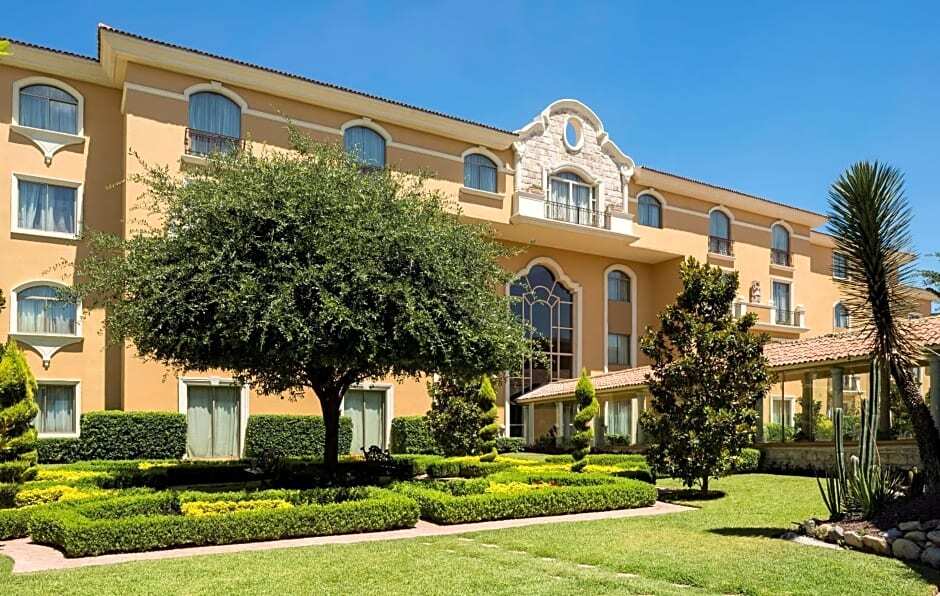
Room Service • Restaurant • ATM Machine • etc




